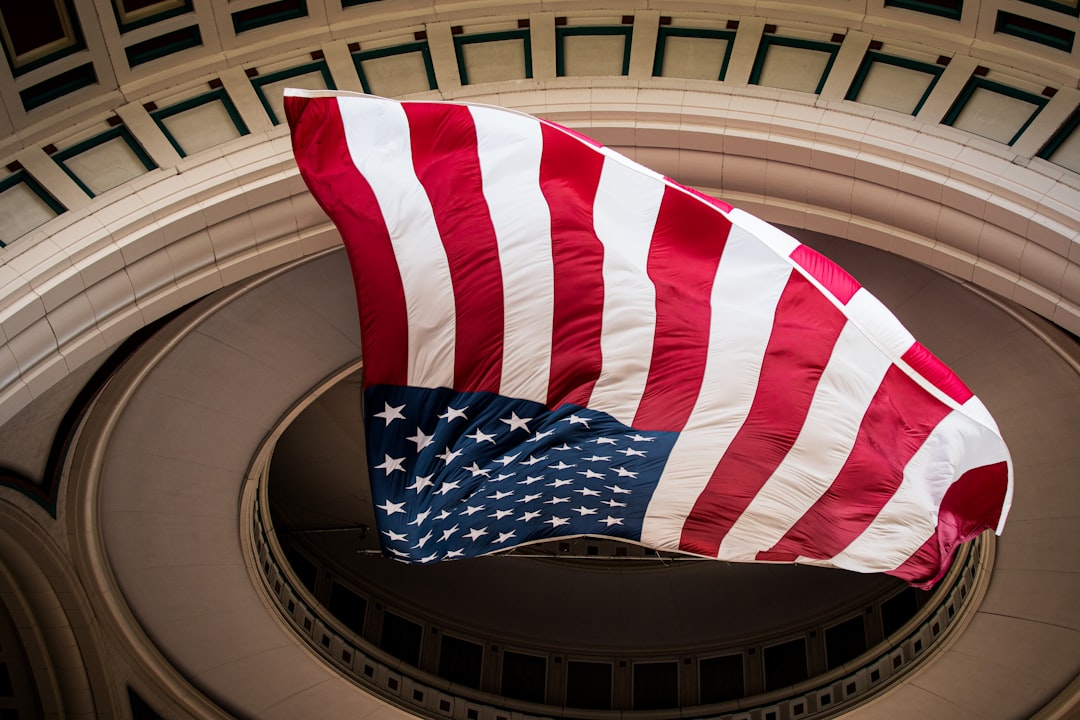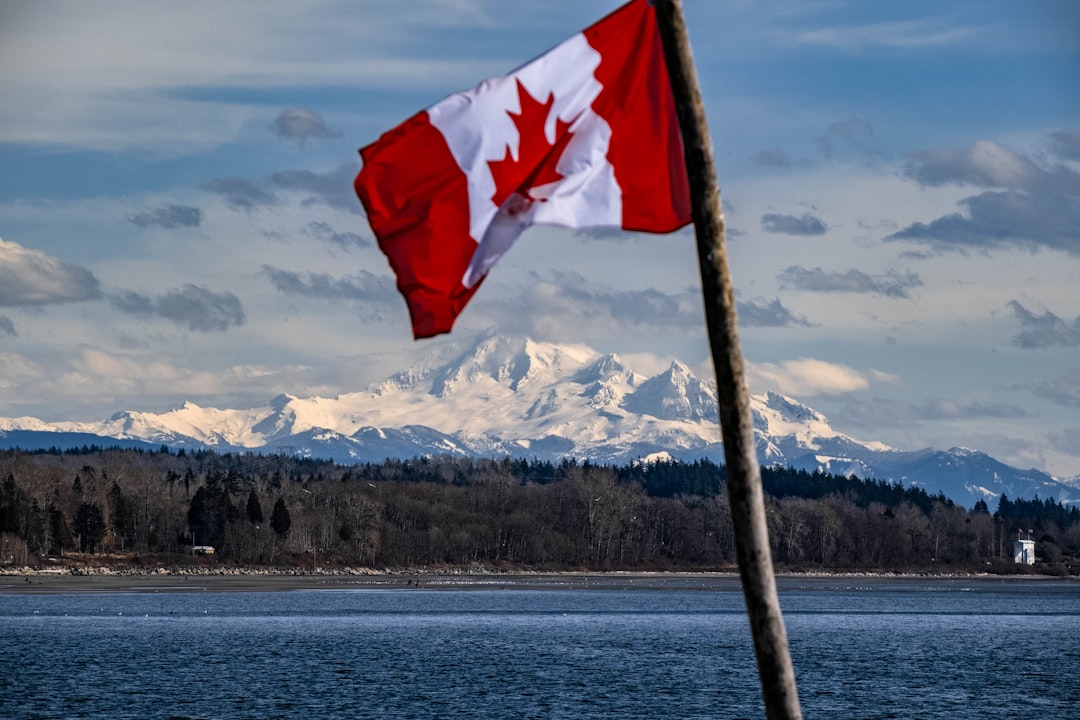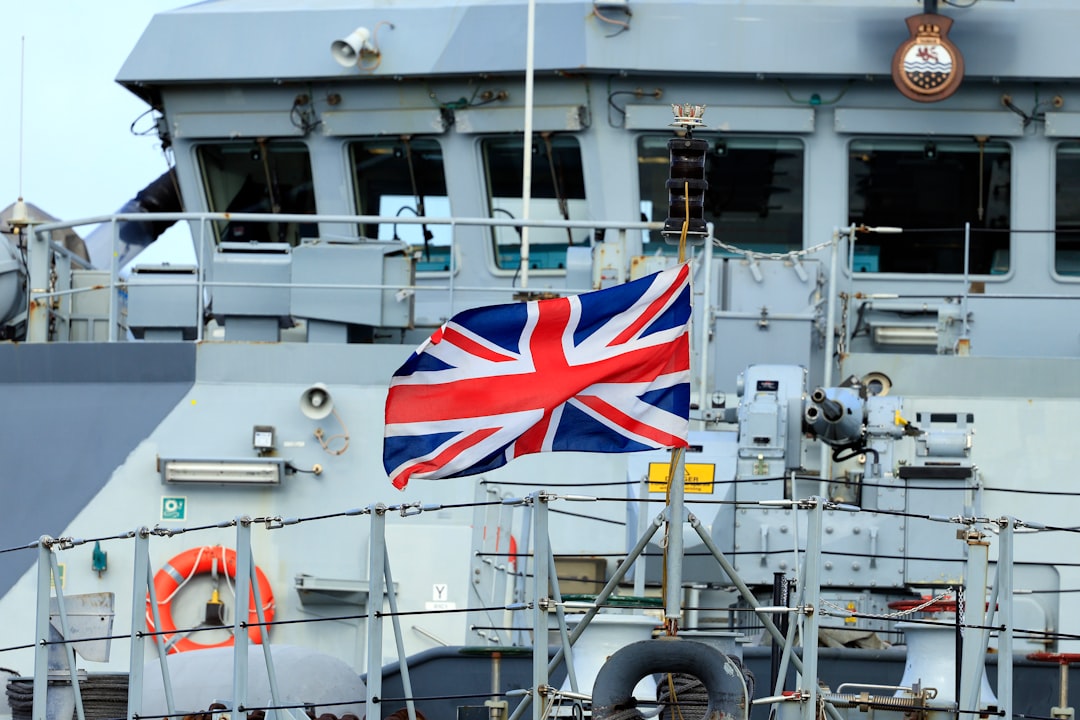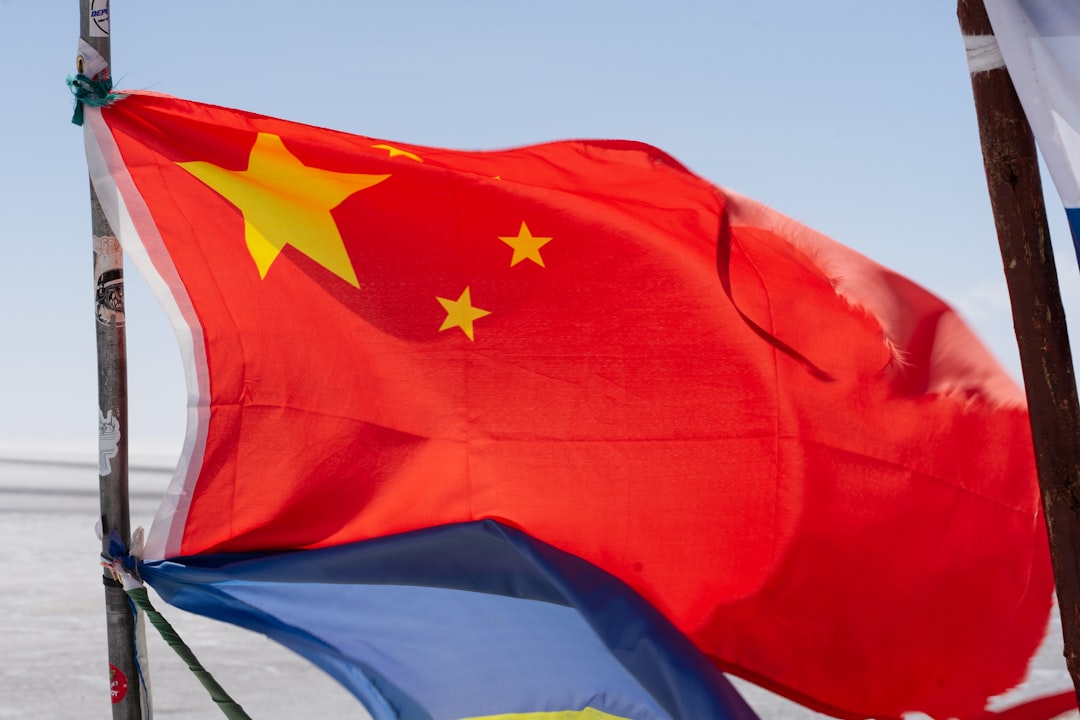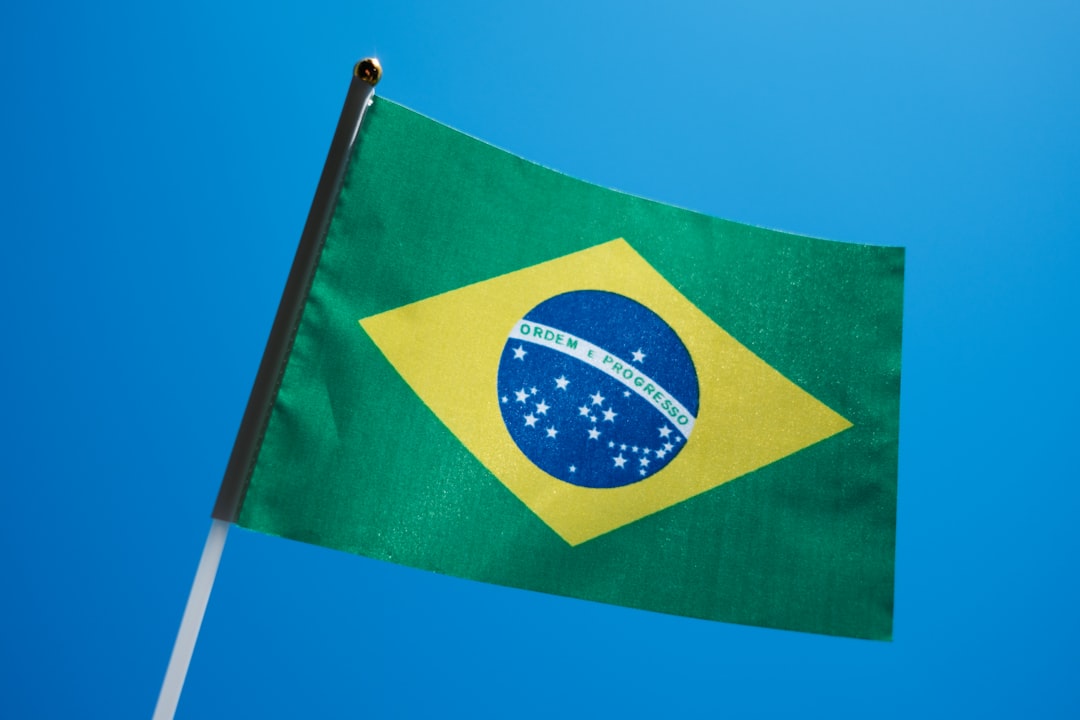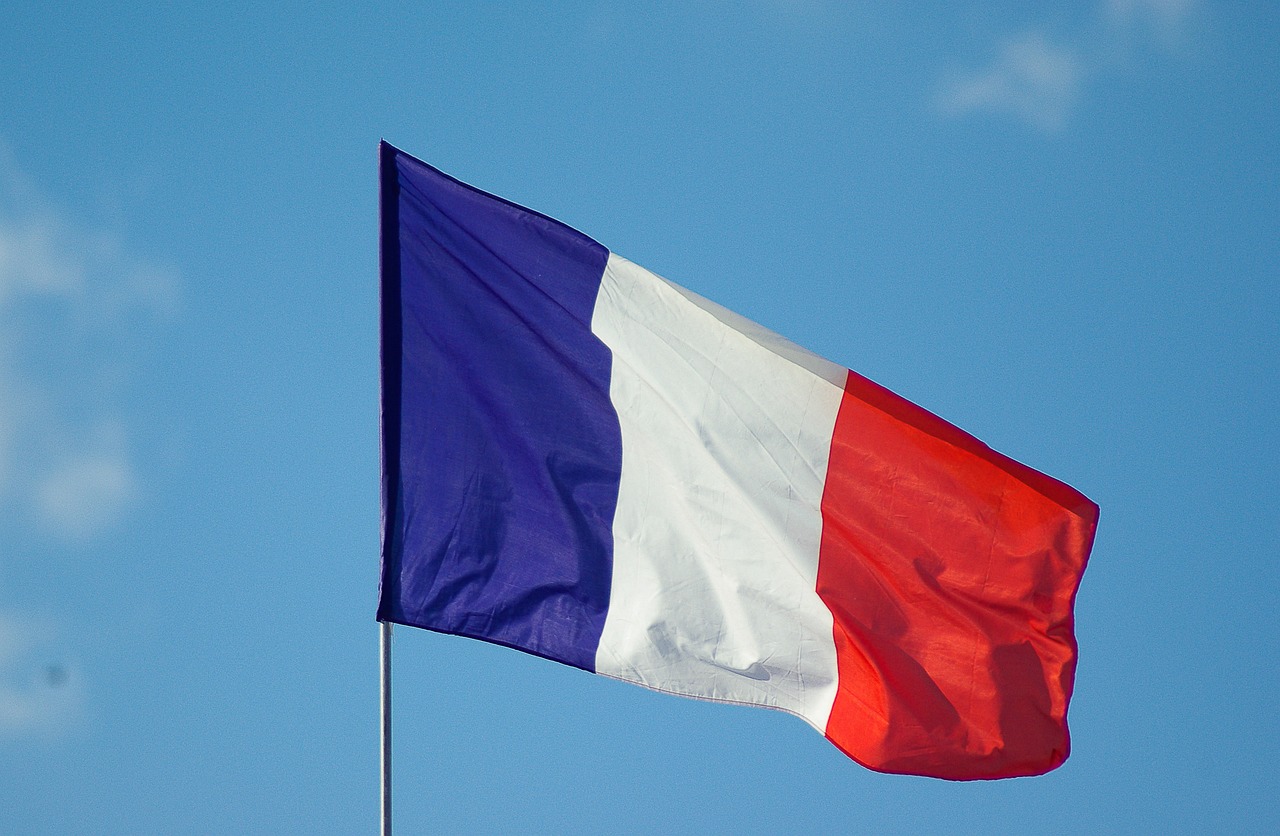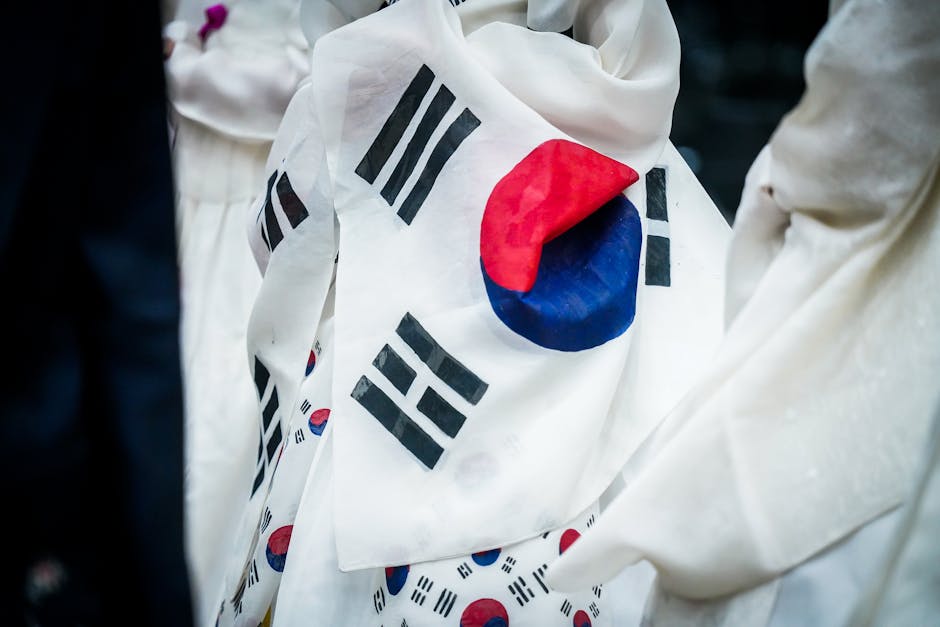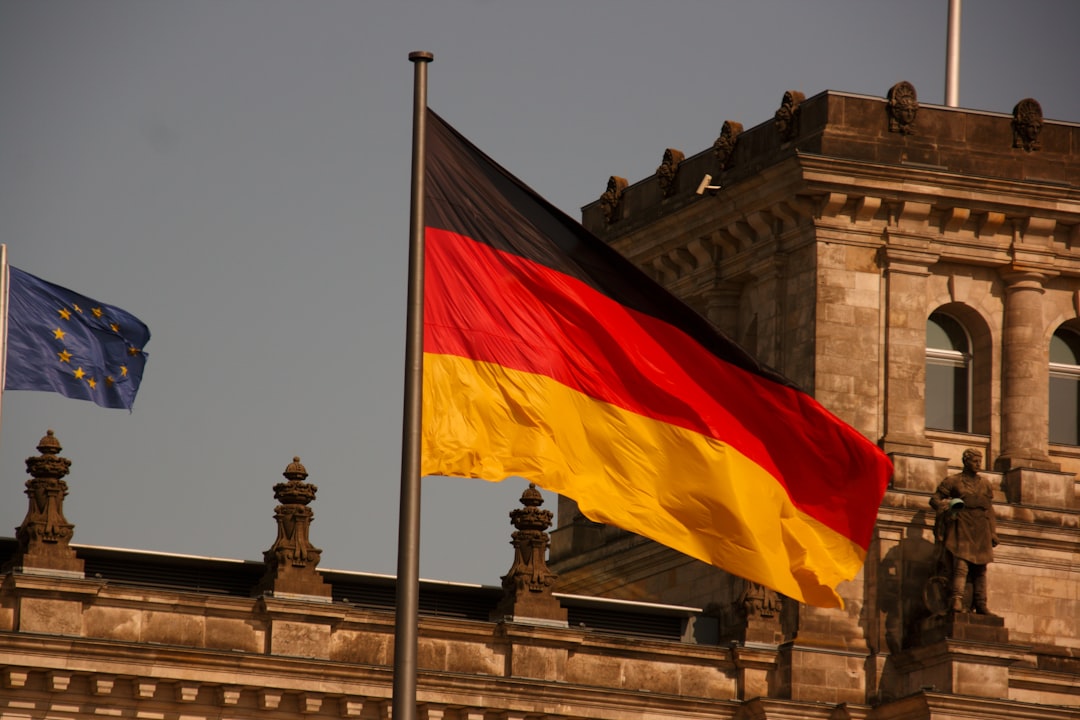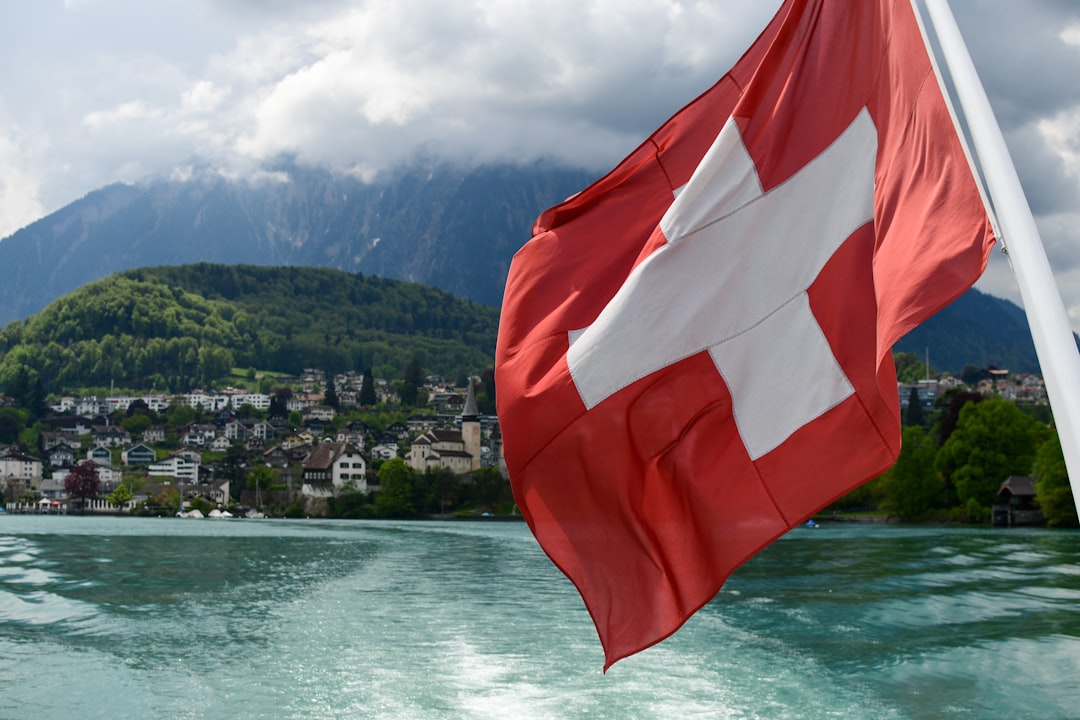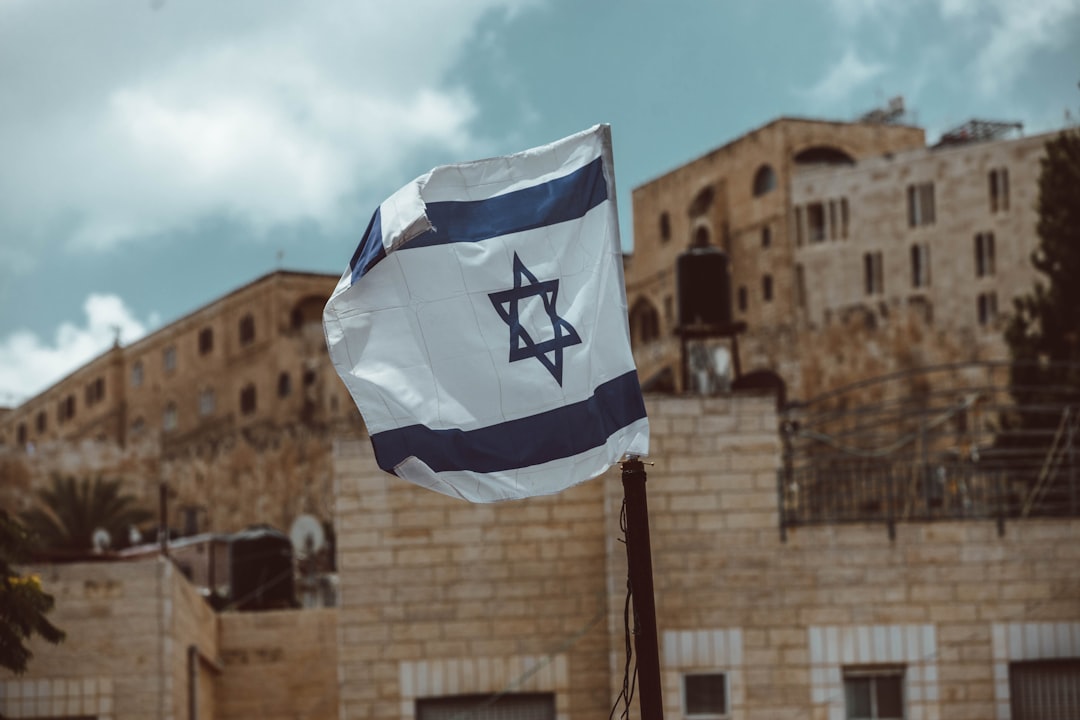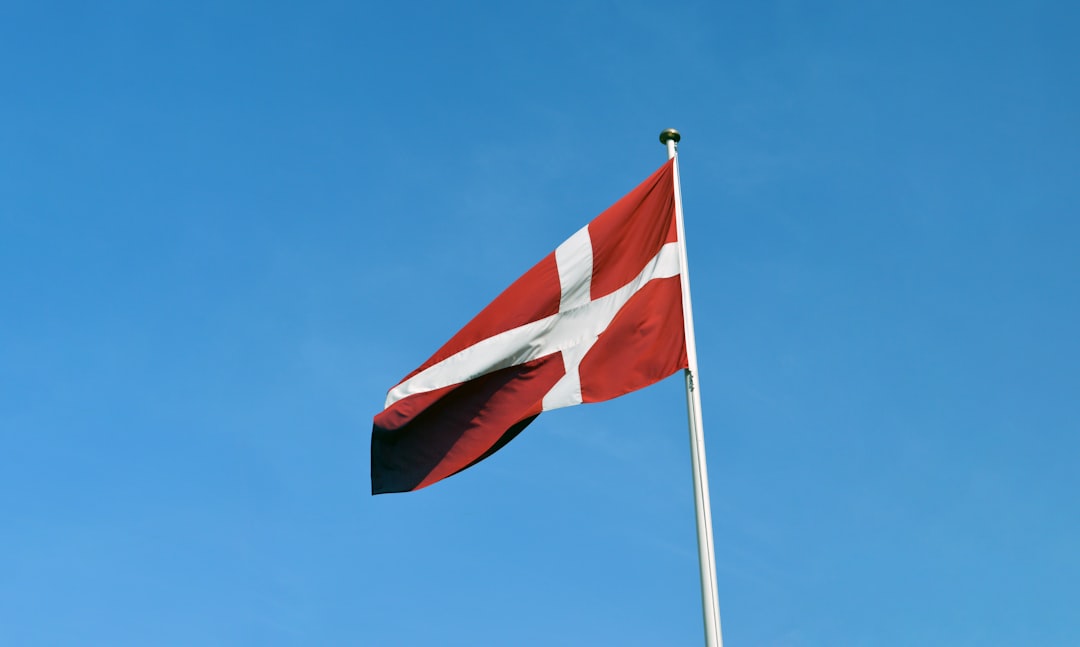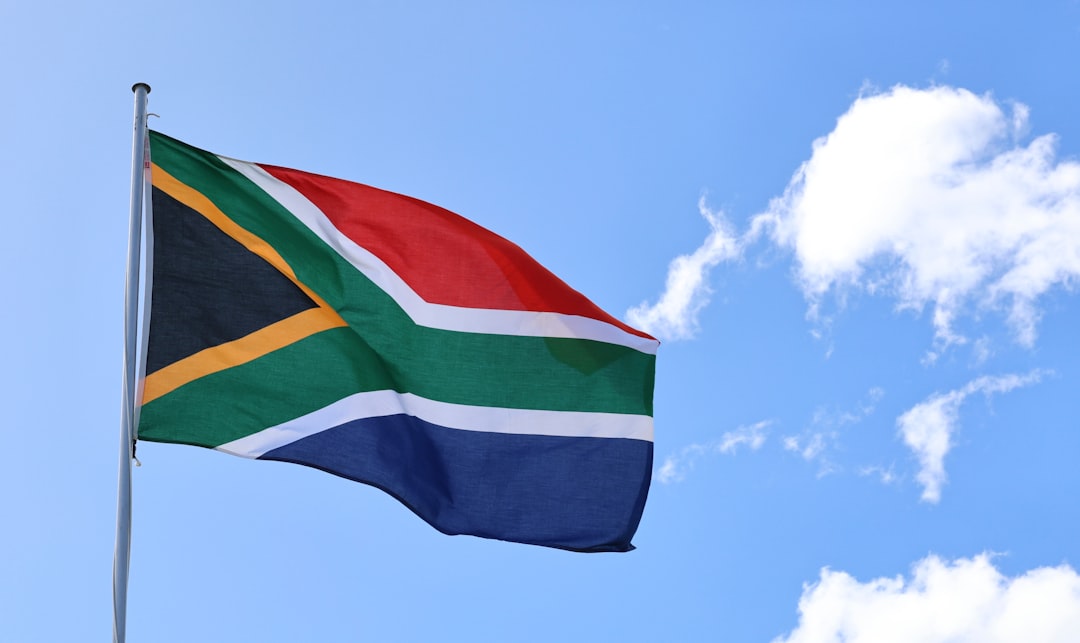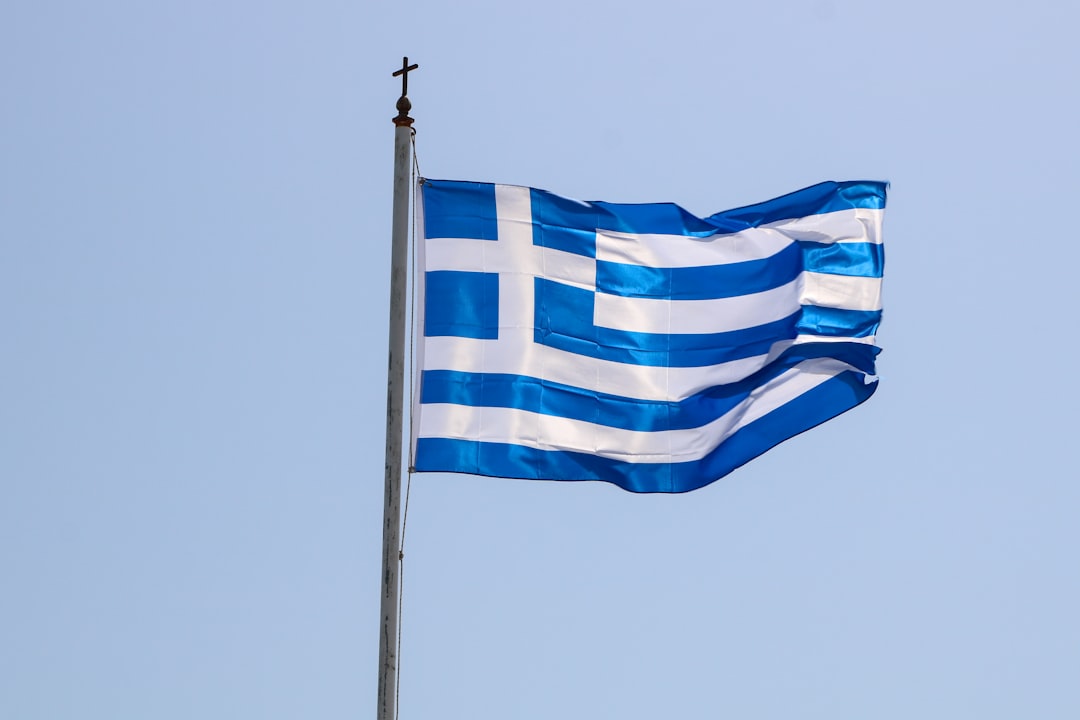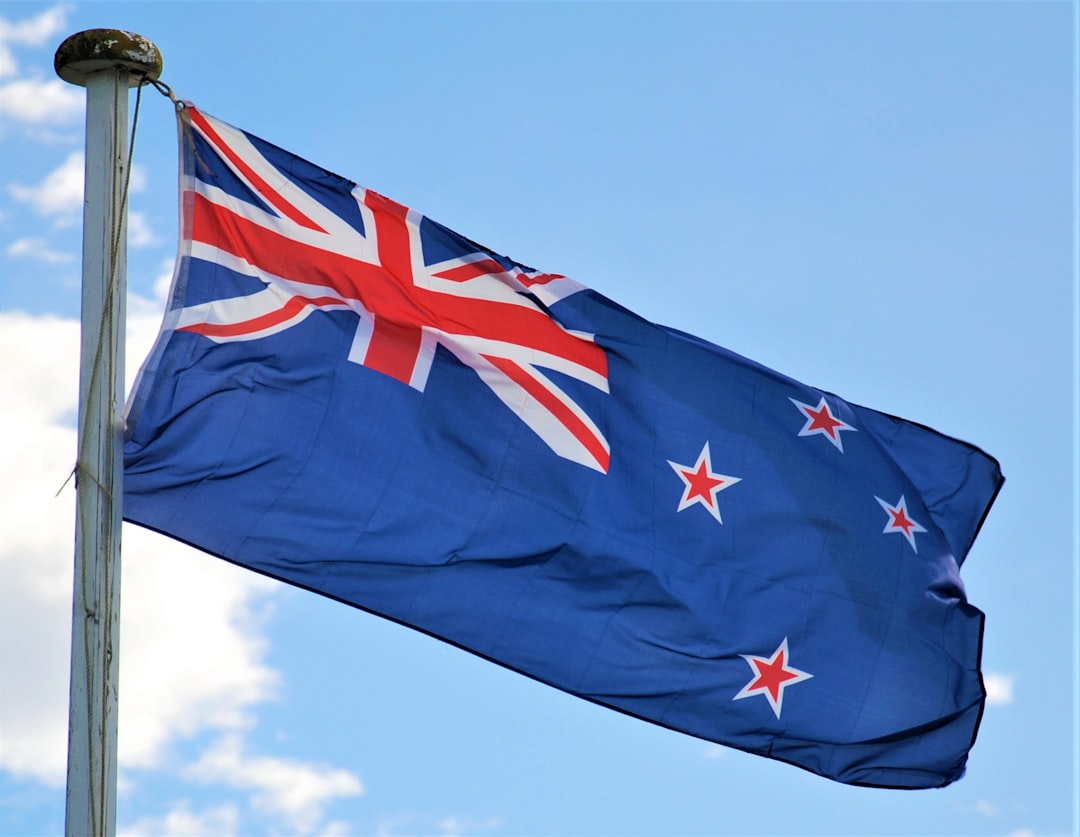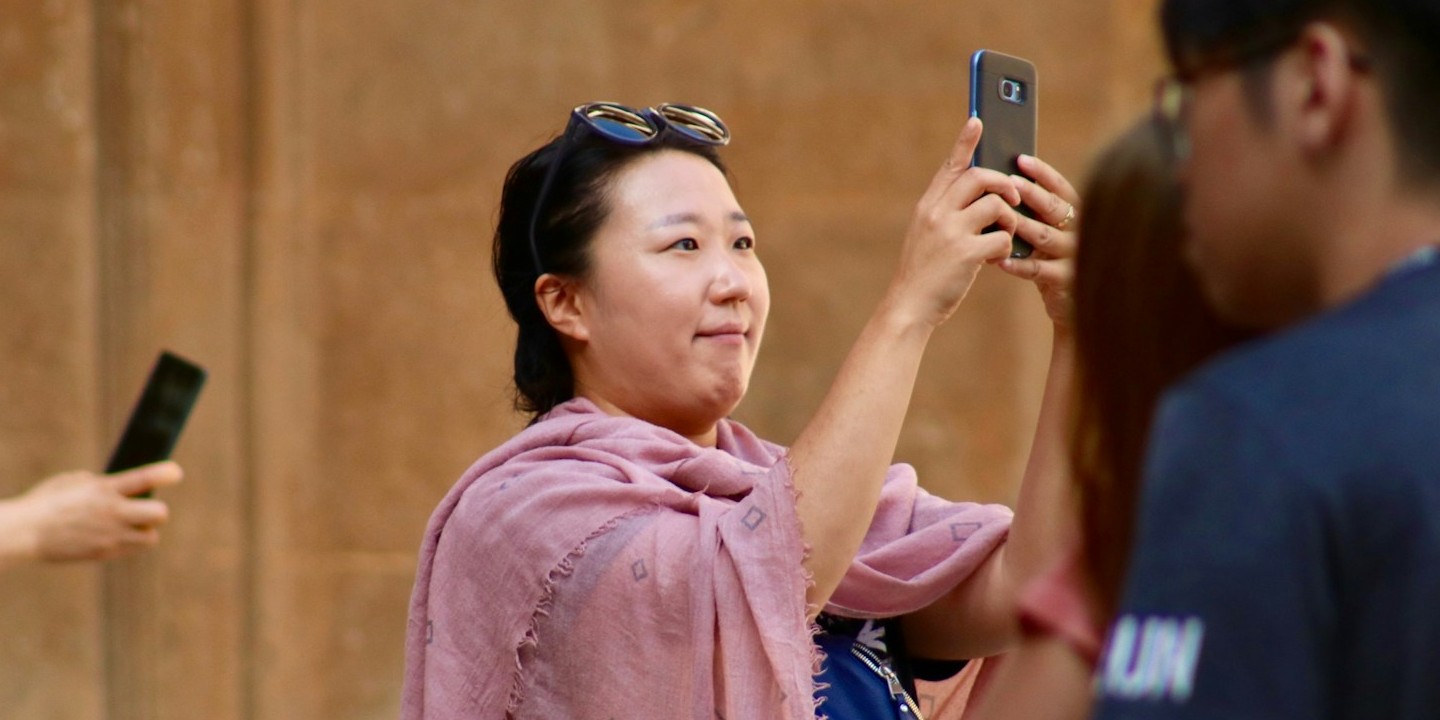The Most Iconic Flags And Their Stories
How many flags around the world can you recognize? With so many countries around the globe, you're probably thinking there's more you don't know than you do. And while that's probably true, we can guarantee you'll recognize the 20 we've listed down below. But even if they seem familiar, do you know what the colors and designs mean? If not, keep reading to find out!
1. The United States
As one of the most powerful countries in the world, the United States flag is one that's recognized by people all over. It has 13 repeating red and white stripes which symbolize the 13 original colonies, while the 50 stars represent each of the 50 states. The colors are symbolic too, with red meaning courage, white meaning innocence, and blue meaning justice
2. Canada
Oh, the beautiful North. The United States' friendly neighbor, Canada, is generally known across the globe for their kindness and multiculturalism. With just two colors on its flag and a simple maple leaf in the center, there's more to this story than meets the eye. The red and white depict the natural beauty of the land, with white representing the snowy winters and the red, the beauty of autumn leaves.
3. Japan
Perfectly embodying the country's nickname, The Land of the Rising Sun, Japan's flag is simple and to the point.
Featuring just two colors, the large red circle smack dab in the middle represents the sun, while the bright white background symbolizes purity and integrity of the people.
4. United Kingdom
With its familiar intricate design, the flag of the United Kingdom tells a beautiful story. Also known as the Union Jack, it combines the St. Andrew's Saltire (the blue and white "x"), the St. George's Cross (red and white cross), and St. Patrick's Saltire (the red and white "x") all into one.
5. China
Considered one of the most powerful countries in the world, we're guessing you're familiar with the Chinese flag. And with its bright yellow and red colors, how could you not be? Red is incredibly significant in Chinese culture, but on the flag, it represents the Chinese Communist Revolution. The five stars on the top left also have meaning, with the big one representing the Chinese Communist Party and the four little ones representing the unity across all Chinese people.
6. Brazil
This iconic flag consists of vibrant green, blue, and yellow colors with a starry night sky at its center. The words, Ordem e Progresso in the middle translates to "order and progress". If you've ever had the time to count all the stars, you'll see that there are 27 in total, each representing one of Brazil's 26 states and the final one its entire federal district.
7. France
Thanks to its simple three-striped design consisting of blue, white, and red, the French flag is an easy one to remember. Each color means something different yet important to the country. White has always been a color associated with the king while blue and red represent Paris, its most iconic city. The three colors have also been seen to reflect freedom (blue), equality (white), and brotherhood (red).
8. South Korea
One of the more unique looking flags on this list, the South Korean flag has several components. It has a plain white background, a red and blue taegeuk (similar to Yin and Yang), and four black trigrams. White is a traditional Korean color often used to represent peace and purity while the taegeuk symbolizes harmony and balance. Last but not least, each of the four trigrams are said to represent one of four classical elements like heaven, earth, sun and moon or air, earth, fire, and water.
9. Germany
Another simple striped flag, the Germany flag consists of its national bold black, red, and gold colors. The black is used to symbolize the dignity of the people, the red for courage and strength, and gold for wealth and power.
10. Italy
Just seeing those green, white, and red colors make us hungry for pasta!
Many have different beliefs as to what the colors should stand for. Some think the green means freedom, white means faith, and red means love while others prefer a more religious approach where the colors stand for the three virtues; green is for hope, white for faith, and red for charity.
 Frederic Christian on Unsplash
Frederic Christian on Unsplash
11. Switzerland
Switzerland's white cross against a red background is a recognizable flag anywhere. In a way, this design reflects the country's beliefs as a whole: it represents neutrality and peace. Typically known as the Swiss cross or federal cross, a fun fact is Switzerland is one of two places in the world with flags that has a square national flag.
12. Israel
With the Star of David sitting right in the middle of a white background with two blue stripes at the top and bottom, the Israeli flag is hard to forget. The blue stripes are meant to replicate those on a tallit, a traditional Jewish shawl, and the color itself symbolizes God and his glory. As for the Star of David, it's always been an important Jewish symbol, making this flag a very meaningful one.
13. Australia
With the Union Jack on the top left and six stars spread across a blue background, the Australian flag might feel a bit familiar.
The large star on the left is the Commonwealth Star while the other five sitting on the right are said to be a symbol of the Southern Cross constellation.
14. Denmark
The Denmark flag is just two colors but represents something much bigger than that. The white Nordic cross has always been used to represent Christianity. Some say the red background depicts a battlefield with the white cross symbolizing the peace they fought for.
15. South Africa
Having quite the unique "Y" shaped design, the South African flag also stands out for its vibrant use of multiple colors. This flag has an incredibly important meaning, often stated to be a symbol of the nation's unity and ability to overcome challenges. The Y shape also has significance, seen as the convergence of two paths towards togetherness.
16. Greece
With a whopping total of nine repeating stripes of blue and white and a square cross on the top left, the flag of Greece is certainly mesmerizing to look at. The cross on the top left is stated to symbolize Eastern Orthodox Christianity while the blue and white choice of colors is meant to reflect the Greek sea and sky. There doesn't seem to be any official meaning behind the striped pattern though!
17. Vietnam
Made of red and gold colors and a massive star plastered right in the middle, the Vietnam flag feels simple and sweet. While the red background has a darker meaning, seen as a reflection of revolution and past battles, the bright golden star in the center is the hope of the country. Each of its five points is used to highlight the five classes in society: intellectuals, farmers, workers, entrepreneurs, and soldiers.
18. Malaysia
If you thought Greece's nine stripes were a lot, how about Malaysia's fourteen? Most recognized for its crescent design on the top left, it's said to represent Islam which is the country's state religion. The gold is purposefully chosen as it's considered a royal color in their history, the red symbolizes bravery, and the white represents innocence and purity.
 Muhammad Faiz Zulkeflee on Unsplash
Muhammad Faiz Zulkeflee on Unsplash
19. New Zealand
Looking very similar to the flag of Australia, many often get the two mixed up. With the Union Jack also on the top left of their flag, the difference is in the stars and its colors. There are only four here and they're bright red. However, it's used to symbolize the same Southern Cross constellation which is an iconic feature.
20. India
Also called the Tiraṅgā, the blue spoke wheel sits in the middle of three stripes colored saffron (strength and bravery), white (peace and truth), and green (growth and fertility). What stand outs the most with this particular flag is the wheel - what does it mean?
There are 24 spokes in total used to represent Dharma which has to do with development and constant movement.



